Tag Archives: Video
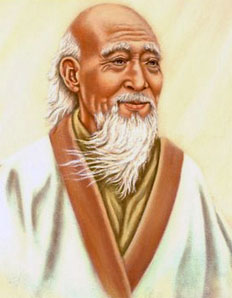

The Orphan Bike Project
11 Apr
Students,
If you enjoyed STEM, like biking, and want to help others, this project might be for you! Here is a video I created last year for the project. More information is in the student bulletin!
Did you know bikes are one of the most efficient machines in the world? Are you interested in helping local kids? Mr. Ryan (8th grade) is putting together a team of students to pair up with a local orphan. You can work together with another kid to rebuild their bike. Don’t know how to work with bikes? No problem. We can learn together! The Orphan Bike Project will take place on 4 Saturdays here on campus. Here is the schedule:
April 23rd- Introductions, Clean bikes, Note what needs to be replaced, pictures and interviews
May 14th- refurbish bicycles (brake pads, brake cables)
May 7th- refurbish bicycles
May 21st – Bikeathon! To raise money for the orphan’s school costs.
Please e-mail Ms. Heidi sheidi@aisch.org if you are interested. Fill out this form, get it signed, and turn it into Ms. Heidi (Room 2123) by Friday, April 15.
Egypt – Gift of the Nile
1 Apr
We learned about Mesopotamia in the first trimester. This is a nice video that compares the two civilizations. Watch it!
This week we are learning about Egypt’s geography and how the Nile River, the longest river in the world, supported its civilization’s development and growth. Rich farmland (the ‘black land’) provided plenty of food for Egyptians. The river also became a trading highway. We played the Explanation Game, a Visible Thinking routine in class this week and generated questions, wonderings, and possible explanations for the images that showed life in ancient Egypt. Below are some photos and a playlist featuring short videos that support what we are learning in class and what you are reading.
Welcome back! New Unit – Egypt!
28 MarStudents – We hope you had a nice, restful, and fun vacation, whether you stayed in Chennai or traveled. We look forward to seeing you tomorrow and starting our new unit this week, Egypt. We will also start footstep #2 for Out of Eden Learn. There are 10 weeks left in the school year and the time will go quickly. Show your best effort and finish the year on a strong note! Here are a couple of more funny cartoons I recently discovered on a funny website named Wrong Hands.
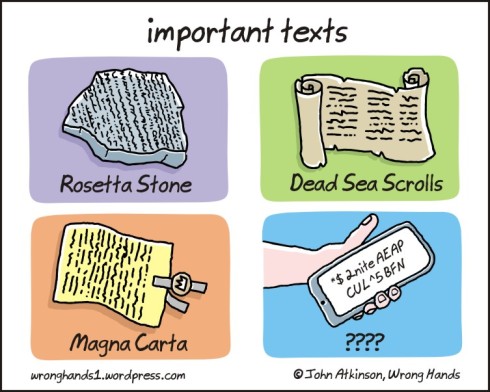
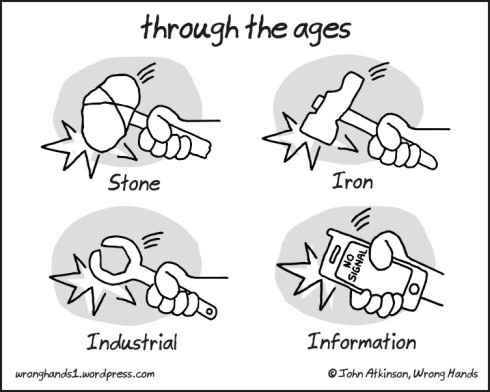
Milestone 33: Night Crossing — Aboard the MV Fikret Emirov on the Caspian Sea
24 MarPaul has left Baku and is crossing the Caspian Sea in his latest milestone video, released yesterday. To learn more about this milestone, click HERE and read more.
Tour the World (Music Video)
24 MarGreetings! I hope you are enjoying your spring break. Whether you are here in Chennai or traveling, travel safely. I found this video today when looking for resources and fun stuff for you. Check it out!
The Silk Roads
18 Mar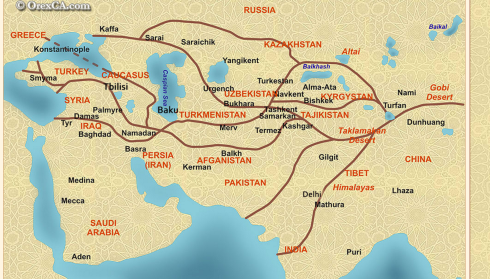
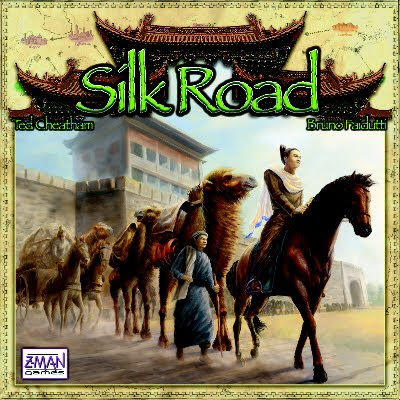
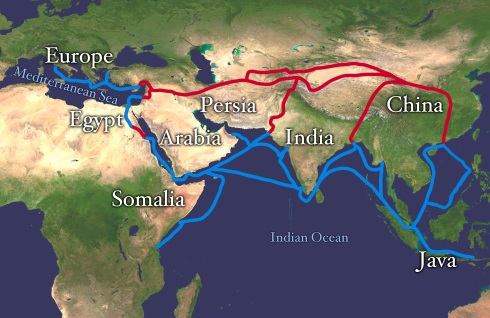
In class, we finished our ancient China unit by learning about the Silk Road. The Silk Road was a network of trade routes, formally established during the Han Dynasty of China, which linked the regions of the ancient world in commerce. As the Silk Road was not a single thoroughfare from east to west, the term ‘Silk Routes’ has become increasingly favored by historians, though ‘Silk Road’ is the more common and recognized name. The greatest value of the Silk Road was the exchange of culture. Art, religion, philosophy, technology, language, science, architecture, and every other element of civilization was exchanged through the Silk Road along with the commercial goods the merchants carried from country to country. Here is a playlist I created that features some interesting videos on the these amazing routes.
Qin Dynasty, Terracotta Warriors and Great Wall of China
12 MarHere are some more videos related to our current lessons. I have included the TED-Ed video that we used for our Zaption activity. Enjoy!
Ancient China Playlist
5 MarThis playlist includes several helpful videos that cover some of the things we are currently learning in our ancient China unit. Enjoy!
Daoism and Legalism
22 Feb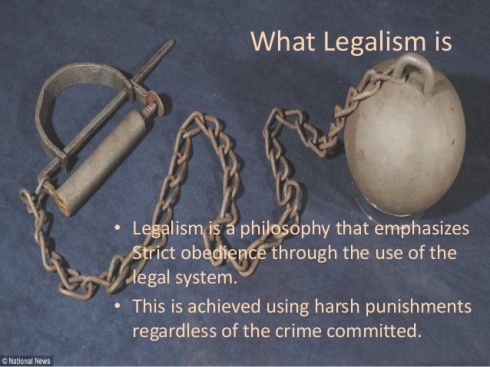

Laozi
Legalism and Daoism (Taosim) are two other Chinese philosophies we are currently studying in lesson 2. Here is a playlist of some helpful videos that will give you an overview of their basic beliefs.
Confucius and Confucianism
22 Feb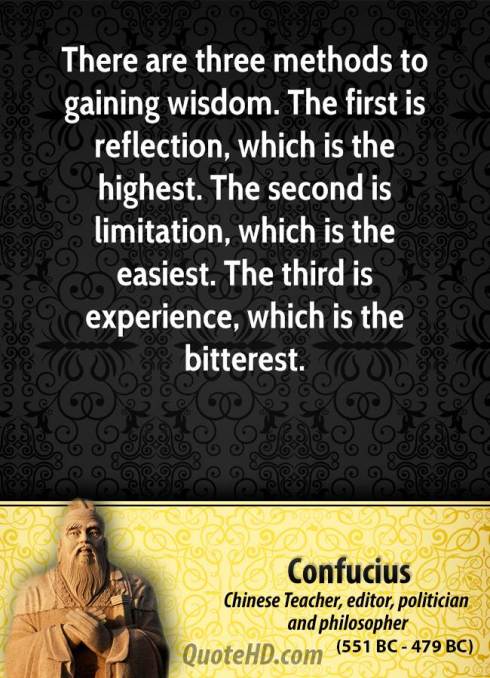
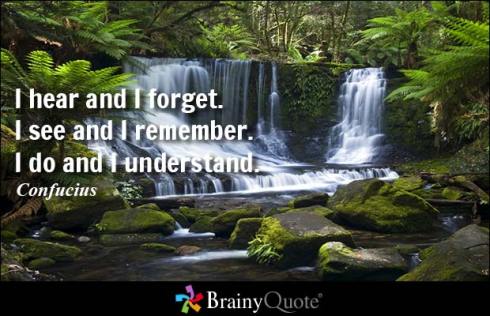
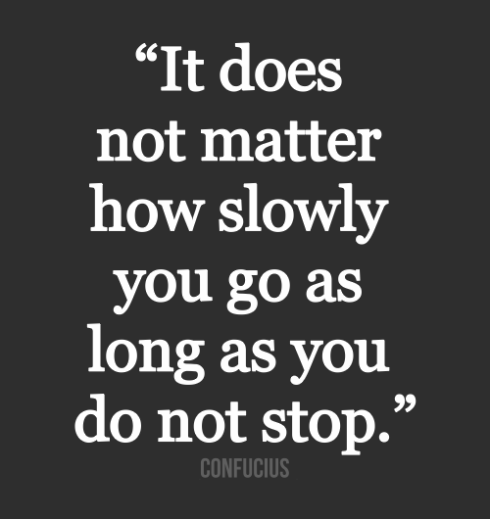
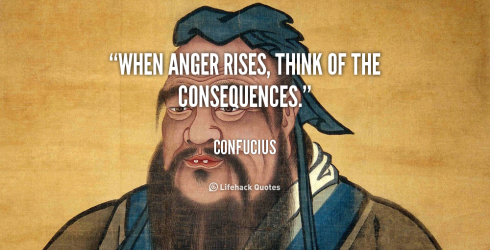
In our ancient China unit (lesson 2), you are learning about Confucius. A simple Google search will lead you to many quotes by him. Here are some good ones to consider or reflect on. The following playlist also includes some good information about his life, his teachings, and why they are important today.
Ancient China…Isolated?
18 Feb“China is isolated by barriers.”
In class this week, we learned how ancient China was isolated by barrier – deserts, seas, mountain ranges – and how it developed a unique culture. It made the spread of goods or ideas to China (until the Silk Roads) challenging too. In class you learned what barriers and isolated mean, while making a human map to show how China is isolated.
This is a nice video which talks about the upsides (or good things) about being an isolated civilization. It uses Egyptians, the Mayans, and the Japanese civilizations as examples. However, many of the same things can be found in ancient China too.
Geography of China
9 Feb“China is a sleeping giant. Let her sleep, for when she wakes, she will shake the world.” – Napoleon Bonaparte
This week we being our next unit on ancient Asia, China. Over the next few weeks we will learn about many new things about ancient China using our historical themes, or what we often call GRAPES. We begin by learning more about China’s geography. See Do Now #13!
What are the physical features of China? Use your textbook, library books in the classroom, the maps below, and the videos to help create a list of the features and what makes China unique. The British Museum also has an excellent link on geography in China (Story – Explore – Challenge).

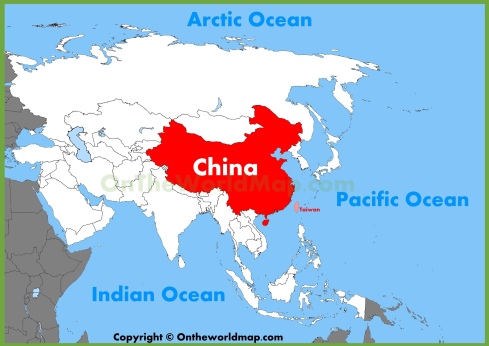

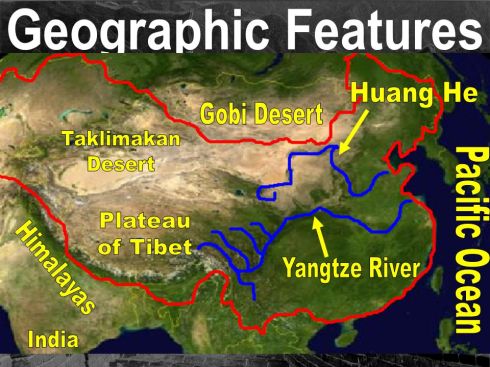
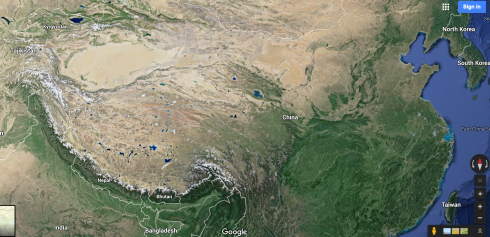
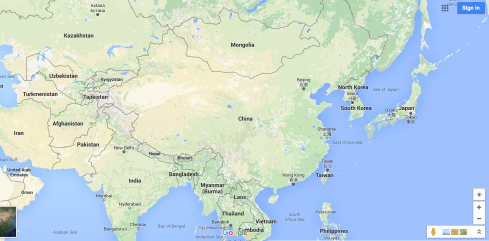
The History of the Earth (Animated Video)
19 JanThe Earth is really, really old. Over four and a half billion years old, in fact. How do we begin to comprehend a number that large? It helps to put it on a more fathomable scale. Watch to see where Earth’s major events would fall on a timeline stretching across the US. I’d like to thank Mrs. Hall for sharing this with Ms. Jaya and me.
Origins of Hinduism and Buddhism
13 Dec
This week you are learning about the origins of Hinduism. We will learn about Buddhism in India and South Asia after winter break. Check out these links to learn more:
Hinduism (British Museum) – read the story, explore and challenge links!
Buddhism (British Museum) – read the story, explore, and challenge links!
BBC Religion has two good links on both Hinduism and Buddhism. PBS has a good link on Buddhism. There are more links on our current unit on the right side of the blog. If you find any good videos or links for our current unit, send them to me.
Buddhism and Hinduism – a comparison and this table.
The Geography and Climate of India
22 NovQuestions to consider:
-
What are the advantages and disadvantages of having monsoons?
-
What are the negative and positive effects of India’s great rivers?
-
How do the mountains and seasonal winds shape the climate of India?
-
Write 2-3 facts or things you learned about India from any of these videos. You can use the questions above as guiding ones or just list the facts.
New Trimester, New Unit – Incredible India
20 NovI am sure some of you have seen these TV advertisements, “Incredible India.” If you haven’t, watch them! I have also added a few other geography/climate related videos. India is an incredibly diverse country. We know many of you travel outside of India, or return home for vacations. However, we are curious about the places you have traveled to in India. Post a comment and tell us how long you have lived in India and what parts of India you have traveled to. Thanks.
Mesopotamia – All you want to know!
17 Nov
Here is a great video playlist with many different documentaries and more about Mesopotamia. The Civilizations documentary is really good (6 part series here).
Mesopotamia Final Reflections, Out of Eden in the News, & Twitter Chat
12 Nov
Paul Salopek has been out for a walk — a very long walk — since 2013. His route stretches from Ethiopia’s Great Rift Valley to the very southern tip of South America, tracing the path of humanity from its African origins, across deserts and mountains. Hari Sreenivasan from PBS News caught up with the two-time Pulitzer-winning foreign correspondent in the nation of Georgia to discuss his journey so far. Watch the 2nd and 3rd video in this playlist to watch this very interesting story about Paul (It’s new this week!). The first story was done, prior to his walk.
Tomorrow night there will be a Twitter Chat where Paul will answer questions. I plan on joining this chat and will ask any questions on your behalf, if you email me them or put them in the comment section here.
Finally, you need to make sure you have completed your Do Now #9 reflection on our last unit, Mesopotamia. Please add your image of your mind map and add your blog link to the document I will share with you in class. This activity and Out of Eden Learn Footstep #3 need to be done by this weekend at the latest. We will begin our next unit – India – next week.
Updated (November 17): Paul responded to one of the questions I asked him on behalf of the class. He answered Michelle’s. Congratulations!

Screenshot of Michelle’s question.
Guest Speakers Share Some Photography Tips
4 NovGrade 6 social studies had the wonderful opportunity to learn more about photography and how to capture a great photograph. As you prepare to take photos for Out of Eden Footstep #3, remember the advice you learned and read in the slides that Mr. Aneesh and Mr. Knudsen (Mr. K). The biggest piece of advice I heard in both of their talks – takes lots of photos before you narrow down to your two favorite ones. The directions and rubric are on the Moodle page under Out of Eden Learn. It has also been shared with you. If you click on the hyperlinks for Mr. Aneesh and Mr. K, you will see their slide shows.
Mr. Aneesh also shared some photo from Steve McCurry, a fantastic photographer who has taken many photos in India and the region. His work has been featured in magazines and galleries around the world. I will go see an exhibit of his photos in New York City in December at the Rubin Museum of Art. I look forward to seeing your photos. – Mr. Martin
Hammurabi’s Code of Law
27 OctWe are currently learning about Hammurabi’s Code of Law. Here is some information:
The Code of Hammurabi refers to a set of rules or laws enacted by the Babylonian King Hammurabi (reign 1792-1750 B.C.). The code governed the people living in his fast-growing empire. By the time of Hammurabi’s death, his empire included much of modern-day Iraq, extending up from the Persian (Arabian) Gulf along the Tigris and Euphrates rivers.
The code is best known from a stele made of black diorite, more than seven feet (2.25 meters) tall, that is now in the Louvre Museum in Paris. The stele was found at the site of Susa, in modern-day Iran, by excavators who were led by Jacques de Morgan at the beginning of the 20th century. Scholars believe that it was brought to Susa in the 12th century B.C. by an Elamite ruler who subsequently erased a portion of it in preparation for creating an inscription of his own.- (from Live Science)
Why are laws necessary? What basic ideas about the law did Hammurabi’s Code set up?
Here is an interesting article that a student shared with me last year – 8 Things You May Not Know About Hammurabi’s Code.
Creation of a Written Language – Cuneiform
17 Oct
Theo Van Den Hout, a professor of Hittite and Anatolian Languages, tells us about scribes in Mesopotamia and Anatolia. This short video was made for the Oriental Institute Museum special exhibit “Visible Language: Inventions of Writing in the Ancient Middle East.” In Chapter 3, you learned about scribes, the people who specialized in writing, the stylus, which is the instrument they used to write on clay tablets, and cuneiform, the wedge-shaped writing. Read more about the development of writing and pictograms on the British Museum’s website on Mesopotamia. Why do some historians identify the beginning of history with the beginning of writing? Tell me an interesting fact or two you learned about writing in Mesopotamia from one or more of these videos.
Achievements of the Sumerians
14 OctThis playlist features video clips that review the legacy and achievements of Mesopotamia. They are a good review of things we have learned in class. Essential Questions to consider:
1) What new tools did the Sumerians invent?
2) Why was the invention of cuneiform (writing) an important development?
If you like legos, you might find the first two videos creative and humorous.
Geography of Mesopotamia
17 Sep

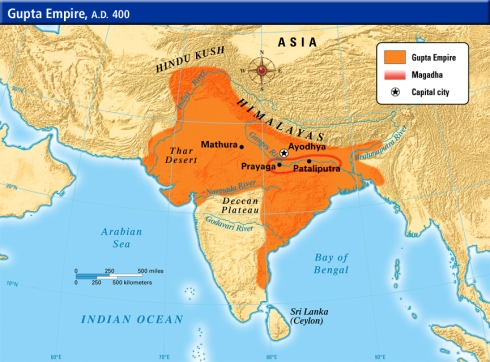
 Essential question:
Essential question: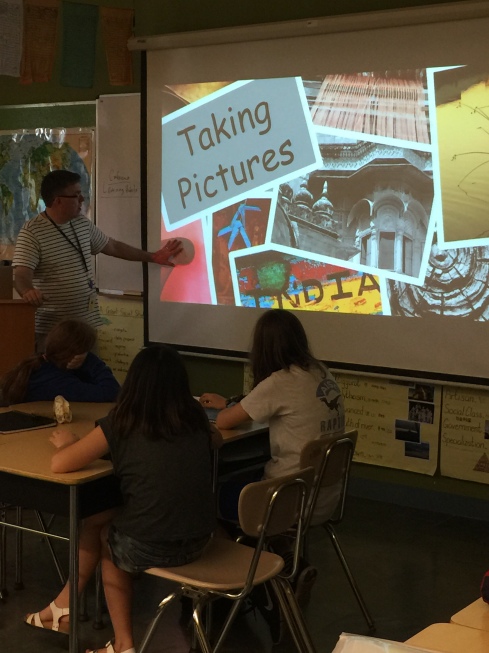
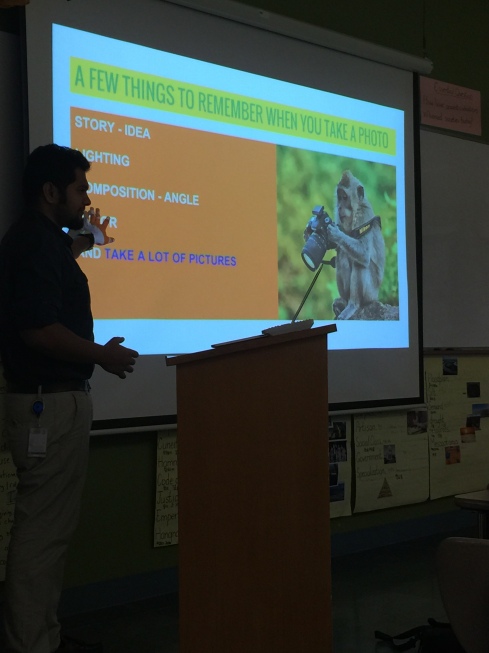
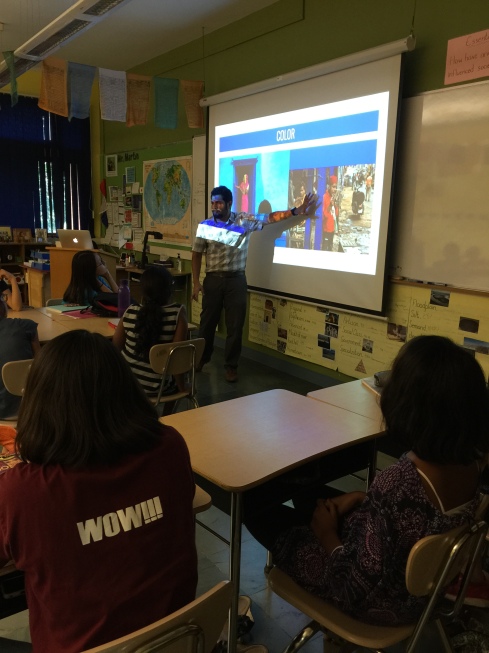
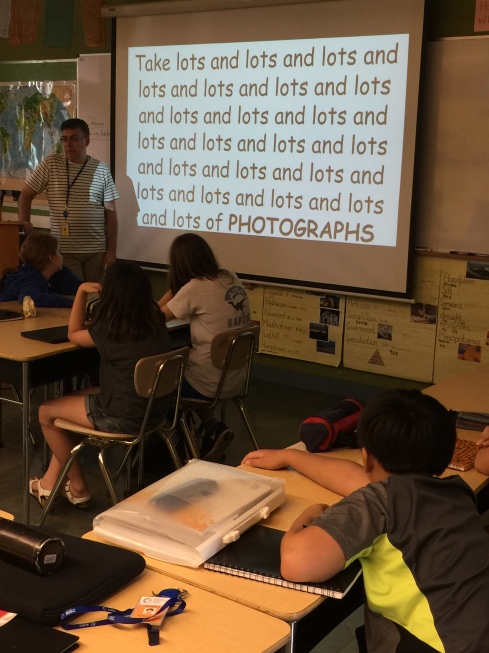
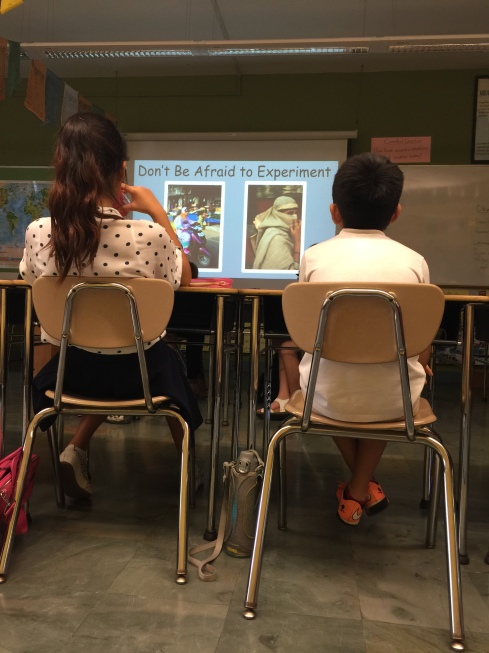

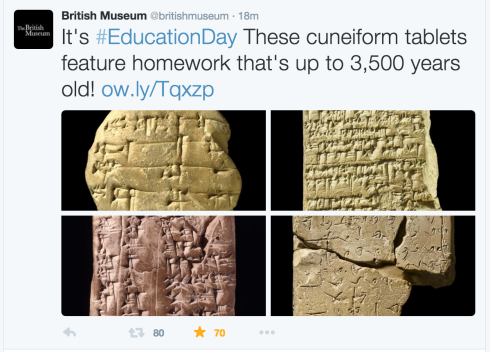

Recent Comments